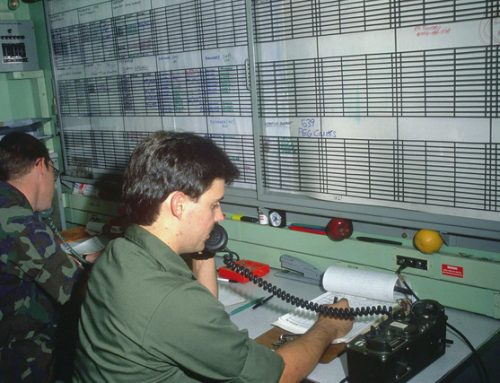There is a great deal of talk about accountability; What is the goal of accountability; Why managers don’t hold employees accountable; What is the meaning of accountability are all some of the most searched for terms on the internet. Today, however, I want to focus on the question of how do you measure accountability?
There is an old adage in business, “if you can’t measure it, you can’t manage it.” While everyone agrees that accountability is important, few take the time to actually measure it. This is a huge problem. Without accurate metrics, we have no way to know if our efforts to improve are successful.
The Difficulty in Measuring Accountability
The first problem is that most people don’t really know what accountability is. They think it’s the same thing as responsibility. In my post Why You Shouldn’t Make Team Members Responsible, I discuss the differences between the two. In short, responsibility is our ability to respond, that is act. It is time-based and not dependent on the effectiveness of what we do. While accountability is our ability to account for or follow procedures. In other words, accountability is doing things accurately while responsibility is doing things in a timely manner. If you want to have great service, both responsibility and accountability must be objectively measured.
I am going to give you two of my favorite ways to measure accountability. The first is with some kind of quality check. In manufacturing this is common. Depending on the type of production either some or all the products coming off the line are measured to see if they meet well-defined specifications. The assumption is that if someone doesn’t follow procedures then quality will fall below a set baseline. This doesn’t mean every failed check represents a breakdown in procedures, there could be other factors in play like material failures or system failures. However, if quality failures fall below the acceptable threshold it triggers an investigation to determine if the problem is systemic or personnel related.
QA/QC (quality assurance/quality control) checks like this are great in manufacturing they may not work well in service companies where different procedures may still provide a good result. In a service environment, I recommend the use of Quality Boards or Q-Boards as I like to call them. We used these to great effect in the moving company I ran. When a service failure is identified, we defined a service failure as any time the customer requested money back from their move, we would convene a board and quiz all of the movers on the procedures they used. Most of the time the failure was caused by the movers trying to cut a procedural corner. While some procedural slips went undetected, egregious ones did not. Furthermore, it gave us an objective way to measure accountability or compliance with procedures. When a mover had multiple boards, they became a subject of discipline and sometimes dismissal.
In both cases, since everyone knows they either are or may be under scrutiny, they comply with procedures. This then gives you the ability to improve procedures systematically and determine if your improvements result in more or fewer failures. Ultimately, this is a measure of accountability.
Share in the comments some of your favorite ways to measure accountability.




